The Instamatic cameras are anachronisms. The bloated cameras are detested plastic garbage these days. The film format they were designed for is not manufactured any more. Did conditions like that ever stop me from using cameras? I’ve chosen these two cameras – Ilford Sportsman C (below) and Konica EE-Matic 260 (above) because I like the way they look – and also in the case of the Konica the fact that it has an advanced exposure system and a rangefinder (accurate focusing). I also like the resulting square format of the photographs.
Another motive for choosing them is because they were CHEAP. My photography hobby wouldn’t exist if there weren’t cheap old stuff – I couldn’t afford it.
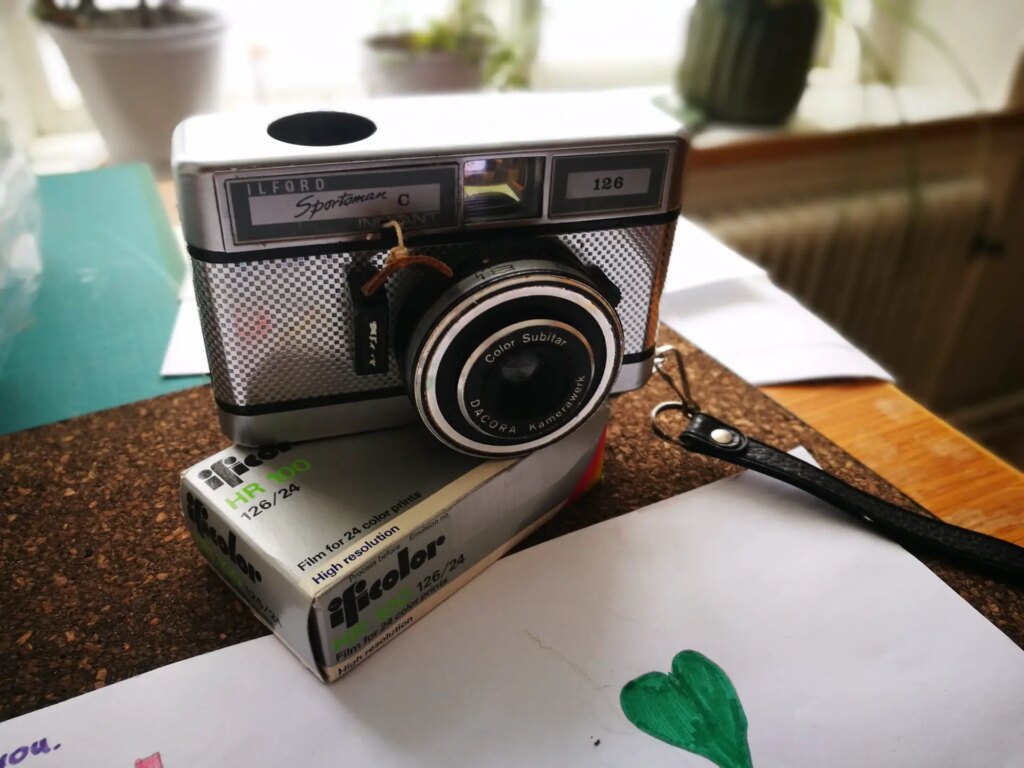
Instamatic film
It has the same width as 35 mm film, though its sprockets are spaced in a different way, and on one side of the film. In a dark space you can load the old cassettes with modern film. Elsewhere you can find tutorials on how to do this and avoid overlapping your photos.
Instamatic cameras
There are three types of instamatic cameras if you look to how they handle “foreign” film – i.e. if you reload the cassettes with 35 mm sprocketed or unsprocketed film. First there are the ones that only accept instamatic film cassettes with correctly spaced sprocket holes. If you load “foreign film” in the cassette the camera will either freeze when winding or you just end up winding the whole roll without being able to release the shutter/expose photos.
The second type accepts standard 35mm film (135 format film). But you have to make every second exposure in you palm (darkness) to not get overlapping pictures.
My Konica is of the third type. It doesn’t care which film you use. I use unsprocketed film and it winds on properly so I don’t get any overlapping photos.
Other quirks will occur depending on the camera you decide to use. It is important to get to know your camera before wasting precious film.
I chose my own ways of exposing film in these two. Here’s the first:
The Ilford Sportsman C camera and Exposing an Ificolor HR 100 Film
This original cassette holds a negative colour film for 24 exposures of 100 ASA. The expiration date was in 1987. I have no idea how the film was stored for 35 years.
By the way, if you are wondering about the strange contraption coming out of the front of the camera body, read my older blog post about modding this camera. (It belongs to the first of the types I listed above. Still it wouldn’t expose any film, so I hacked it.)
I exposed the film at 1/30th of a second. The camera has fixed focus; one aperture (f/?); only two shutter speeds (1/90 – sun symbol; 1/30 – cloud and flash symbol). It is extremely difficult to avoid camera shake when pressing the shutter. I would suggest using a support every time you make an exposure with this camera model.
So, this is not a camera for that time down in the tube station at midnight. It is a camera/lens – and in this case film – for that day out in the snow. Depending on how your insta film cassette was stored (most probably not in a fridge for 40 years) it may have lost some of its sensitivity to light. Or not. It’s all a gamble. In Sweden where I live and buy my expired film, winters are cold and dry and summers not so warm, and dry. Hence storage space conditions are not particularly tough on materials, chemically compounded or otherwise, as they would be in more tropical parts of the world.
I sent the film to be developed at Best Foto by Schröter in Riesa, Germany, the lab closest to me (1000 km) that processes Instamatic (126 and 110 format) and APS film. I had to sit on my hands for months to gather enough exposed colour rolls to justify the €/$25 (return) shipping cost.
Here’s what came out the other end:

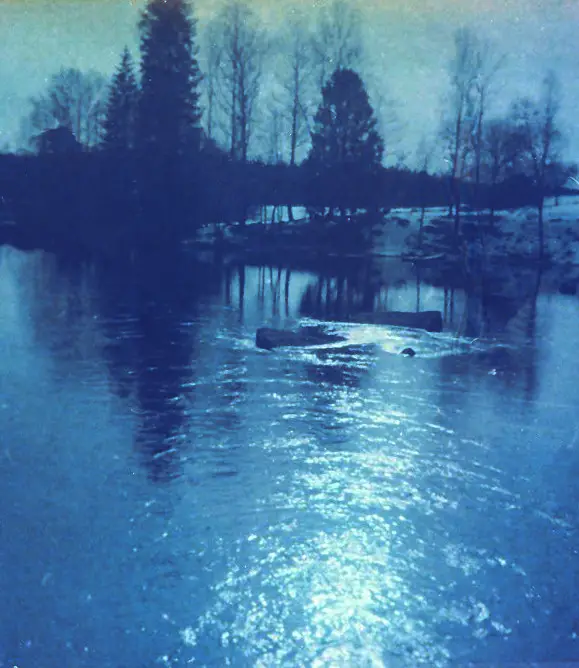
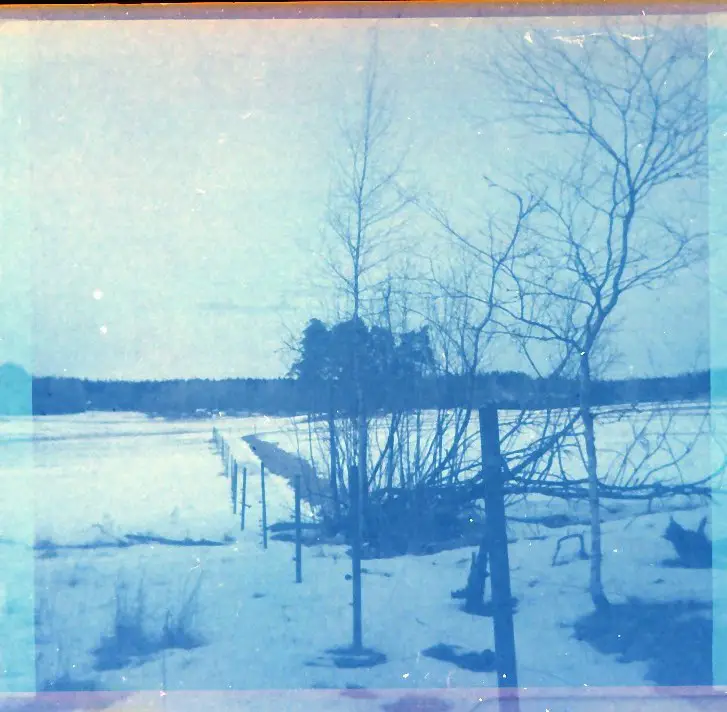
The negatives came out rather thin, but with much detail from light to shadow. I am not skilled at scanning and editing colour negatives (they came out very blue from my scanner) – this is the best I can do with these photos. Below is an attempt at getting more detail out of the above photo by making it B&W. Judge for yourself which is most pleasing to the eye.
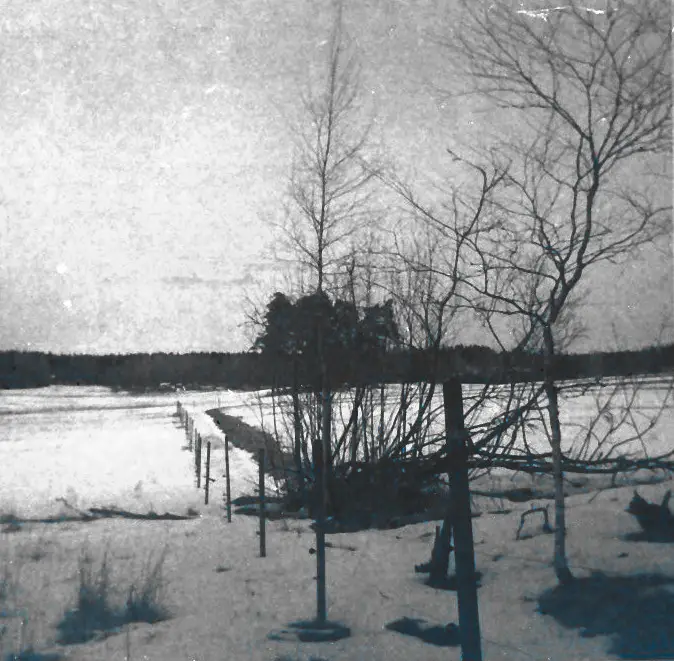
Exposing the film at box speed, I pursued a theory of mine: No expired film needs overexposing, even a colour one – it would only blow out the highlights. You be the judge if I’m mistaken.
I also think that the ‘crappy’ results of the above photos are 1) due to the film being too slow (100 ASA) for the camera’s rigid set of exposure settings, 2) the less than good quality lens didn’t add much (I think a pinhole ‘lens’ would have made more interesting photos), 3) the limited quality of scanning/editing. Of course, some films seem to go grainier with age, which has the most negative impact on shadow detail.
The Konica EE-Matic 260 and Exposing Agfa ASP 400S
I loaded the film in the cassette from a bulk roll of this film. The Agfa film has no sprockets and is normally intended for traffic control cameras. I buy it to load into my insta cassettes and to roll onto 127 film rolls (which are a bit wider than the film but not so much). In this case I loaded it into a used instamatic cassette intended for 100 ASA film. The camera can sense the ASA markings on the cassettes. (Most insta cameras can sense cassette “coding” for exposure values either at 100 or 400 ASA.)
The film’s 400 ASA light sensitivity allows it to pass through cameras with unreliable or limited shutter speeds or apertures (like most Instamatic cameras) and still produce results. In this case my thinking was that the film’s latitude would ideally compensate for any deteriorating sensitivity or other error occurring in this coming on 60 year old exposure system.
The Konica 260 EE-Matic has an exposure system fuelled by the selenium cell which is placed around the lens. On my specimen the cell works perfectly. Apparently the system can combine several apertures and shutter speeds up to 1/250th depending on the available light. When there is too little available light a red flag is raised in the viewfinder – also you can’t expose when it’s visible. It’s an indicator that it’s time to switch to flash mode.
Let’s see what it can achieve in its old age:
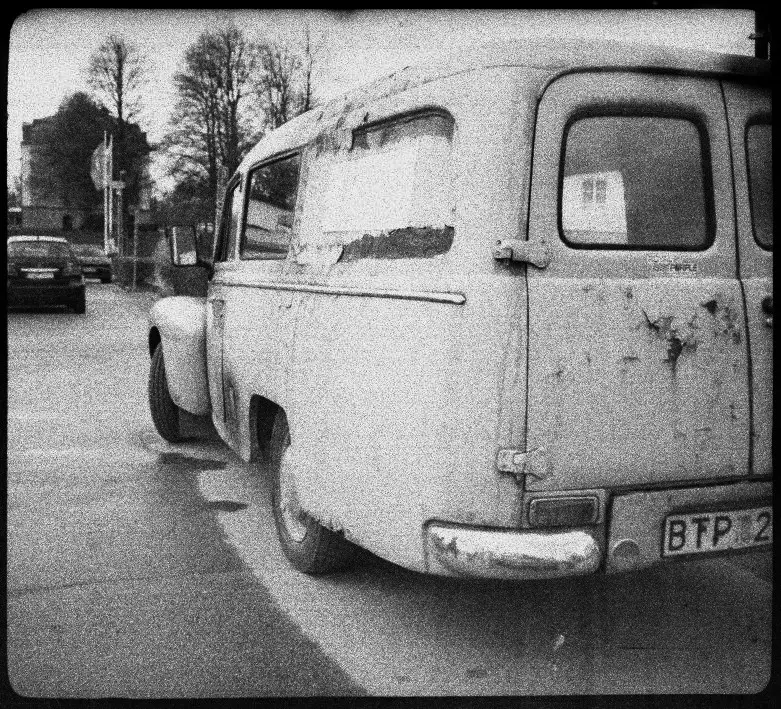
As you can see I botched up the developing a bit, resulting in a dark negative which was hard to scan – and edit.
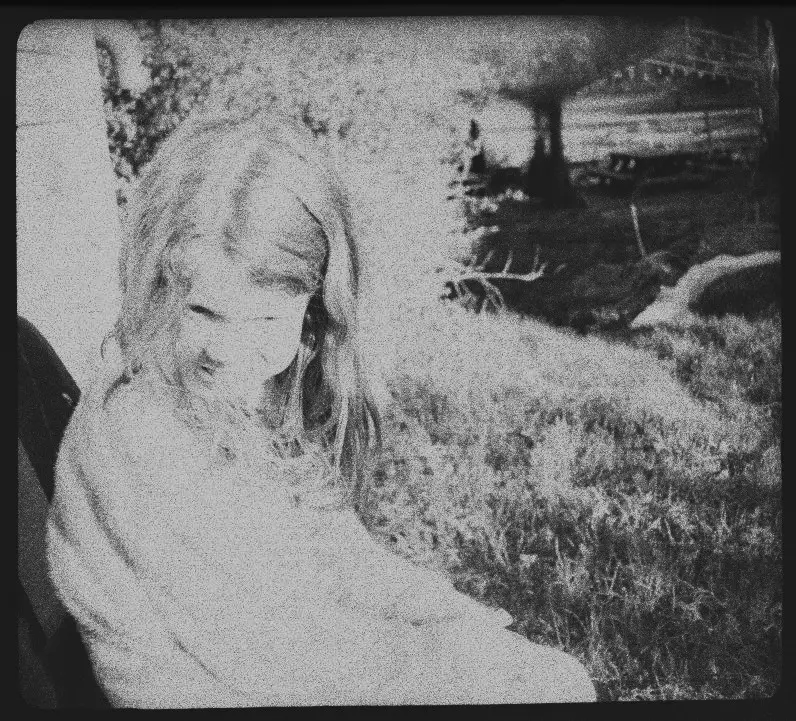
Using a fast film in a camera which is used to older, less light sensitive emulsions was a gamble, which in this case paid off badly as can be seen in the overexposed photograph above. Add the hairy development and you are in a bad place.

All things considered – from a roll of 9 exposures, these (not the overexposed one) came out rather well! (I am a fan of grainy B&W photos.) The one with the discreet girl (my daughter) really is a keeper, I think.
Thanks for tagging along on yet another of my ramblings in the dark alleys of analog photography. Don’t hesitate to contact me or check out my IG, das Blog or the Etsy shop.
Share this post:
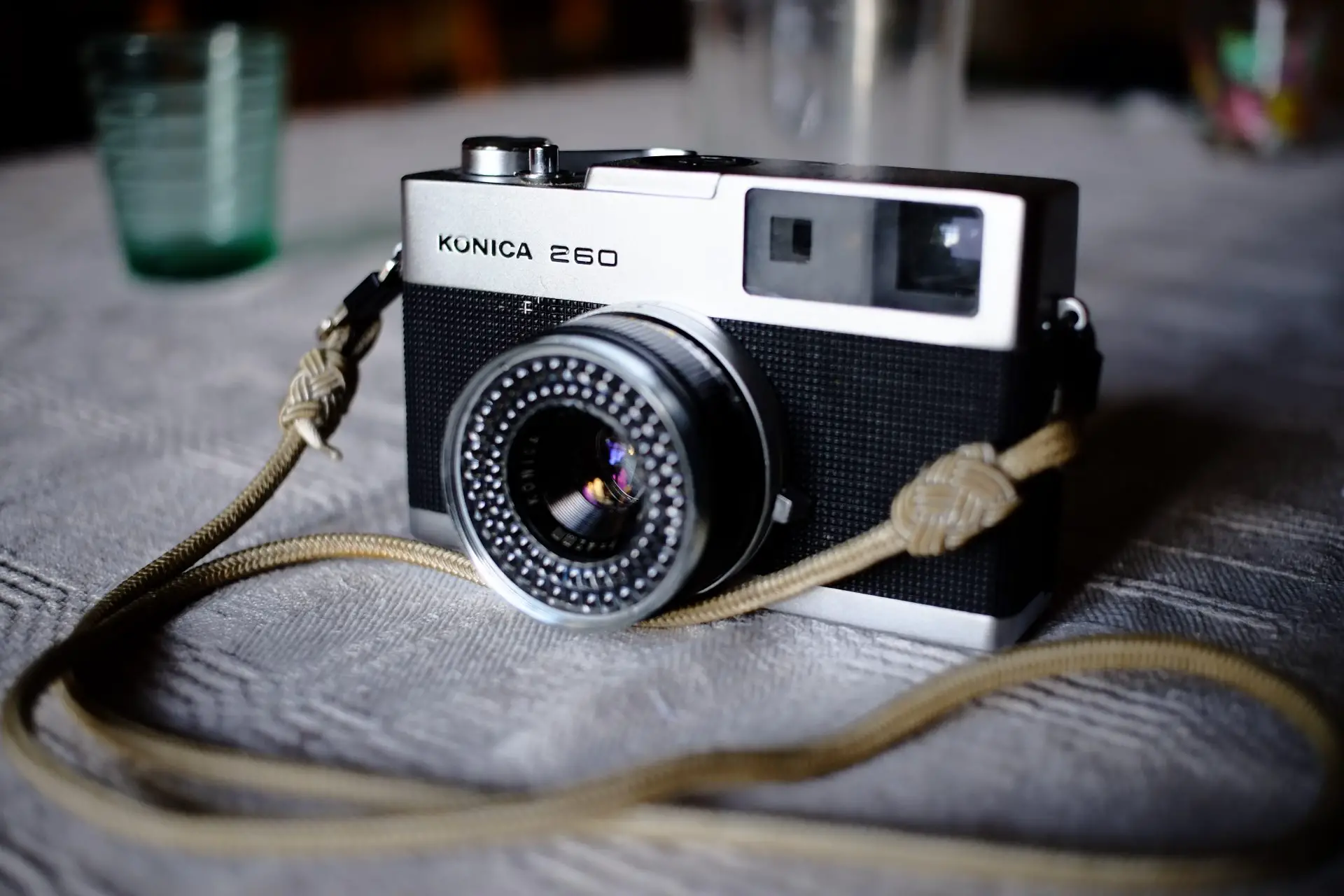








Comments
Martin on Konica EE-Matic 260 & Ilford Sportsman C – Reviving two Instamatic Cameras – by Tobias Eriksson
Comment posted: 26/07/2022
I think I read that 126 has, like 110, 1 perforation per frame.
Excellent review and comparison, BTW.
Comment posted: 26/07/2022
Kodachromeguy on Konica EE-Matic 260 & Ilford Sportsman C – Reviving two Instamatic Cameras – by Tobias Eriksson
Comment posted: 29/07/2022
Wes Hall on Konica EE-Matic 260 & Ilford Sportsman C – Reviving two Instamatic Cameras – by Tobias Eriksson
Comment posted: 03/08/2022
Comment posted: 03/08/2022